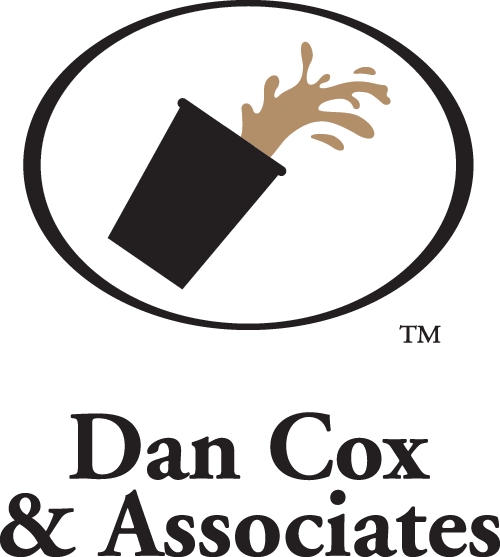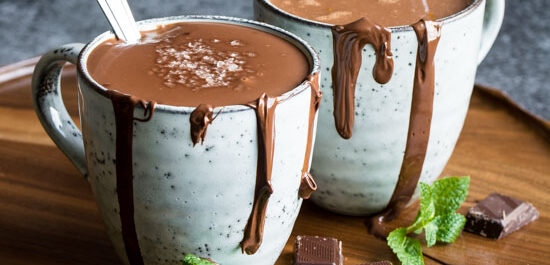A Café Staple: Hot Chocolate
Hot chocolate, also known as hot cocoa, is a popular year-round favorite, that can help to boost everyday café and restaurant sales. It’s a big hit with adults and children, and can be easily customized, and upgraded to improve a customer’s experience. Considering hot chocolate is a hot beverage, it’s important to understand exactly what it consists of and how to safely deliver a delicious beverage to a customer.
There are a number of decisions that come with adding hot chocolate to your menu. The chocolate base used in creating a hot chocolate comes is two commercially avalible forms, liquid or powder. Both of these have their pros and cons, one may fit a business needs better than the other.
No matter the format of the chocolate, you have to turn it into a liquid beverage to be able to serve it to your customers.
The most common way is with hot water. Since having a dedicated tea kettle for cocoa takes up counter space, and wouldn’t receive much use, most businesses chose to draw water from the hot water spigot on the coffee brewer or from dedicated hot water dispensing equipment. This water is held at between 195 – 200°F and can easily be used to reconstitute a powdered chocolate mix into a wonderful hot beverage.
Another way to make a satisfying hot chocolate is with warm milk. Most home mixes recommend the use of a microwave, or stovetop, but that’s not completely practical for most businesses, for the same reason a dedicated tea kettle isn’t. When warming milk for hot cocoa, most businesses choose to use the steam wand on their espresso machine. This warms and froths the milk to a temperature between 130The least common way to make a hot chocolate is via a dedicated machine. These are popular at destinations like ski resorts, where hot chocolate is a hot commodity. These machines can use either powder or chocolate sauce, water or milk, and complete the beverage making process at the push of a button. Most machines are set to produce a beverage around 180°F, with a maximum of 190°F. It is recommended by some manufactures to lower the temperature to the recommended temperature provided by the chocolate powder or sauce provider.
The temperature of the liquid used to make the hot chocolate a café or restaurant serves is the overall determining factor in the temperature of the drink. Based on whether water of milk is used, a drink can be anywhere between 130° – 200°F. Of course, there is time for this liquid to cool during the transfer, and mixing process, and during serving. All temperatures discussed during this article are hot enough to cause a significant burn if an accidental spill was to occur, which is why safety during handling and serving is of utmost important. Dan Cox & Associates recommends following the same safety procedures as when serving hot coffee or tea, including placing hot beverages on counters for service and warning customers that a served drink is hot. Employees can be reminded of these procedures through the use of our Safety Poster.
As with all hot drinks, hot chocolate should be served in a in a sturdy cup, whether that be a double walled paperboard cup for to go orders, or a sturdy ceramic mug for in house service. Many hot chocolates are served to children and topped with whip cream and sprinkles. These additions can insulate a beverage keeping it warmer for longer. It’s imperative to ensure that a hot chocolate comes with a warning that the beverage is hot, and served in a sturdy cup with a secured lid. As children’s hands are smaller than the average adults, and safety is a priority when serving a hot beverage to any customer.
Hot chocolate is great seasonal drinks that can help a café or restaurant boost sales. With many options to fit your business, the flexibility hot chocolate has in its creation allows for it to adapt to a business’ needs. Safety is the utmost priority for any hot beverage, and should be considered along with ingredients and method, to ensure the best beverage possible is delivered to and enjoyed by any customer, big or small.
Information of the safe handling of hot chocolate and other hot beverages is examined in depth in both Handling Hot Beverages, and Coffee: Too Hot Too Handle or Mishandled? by Daniel Cox, which can be found at our Safety Store.

